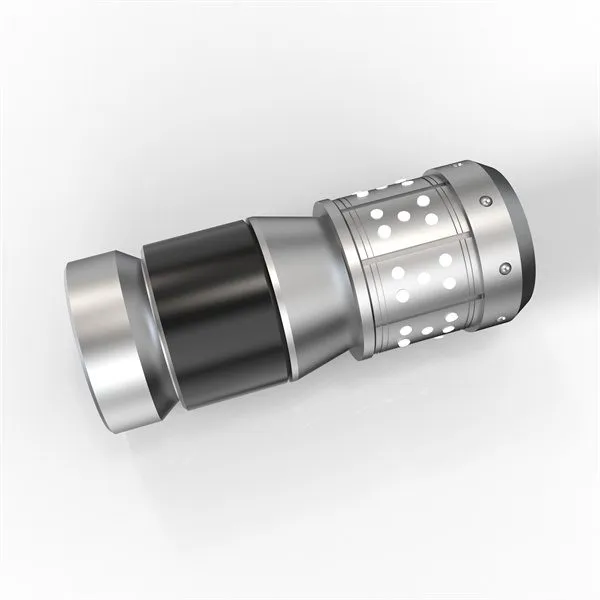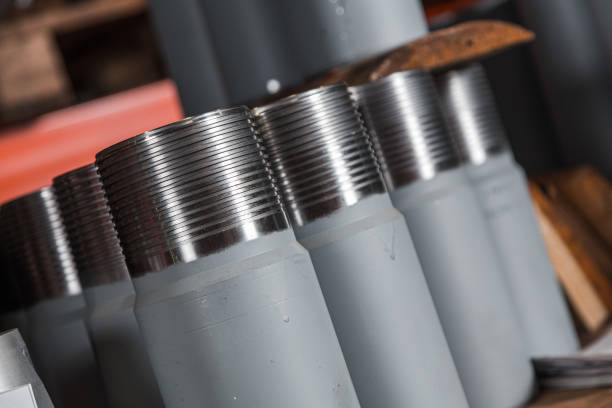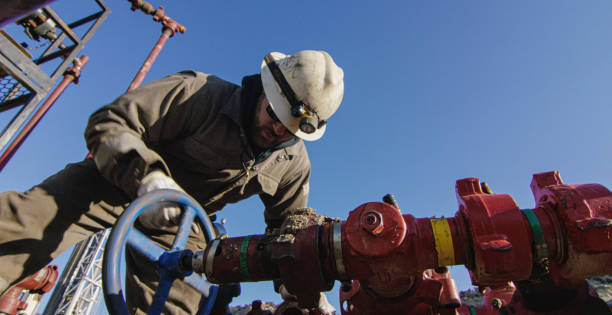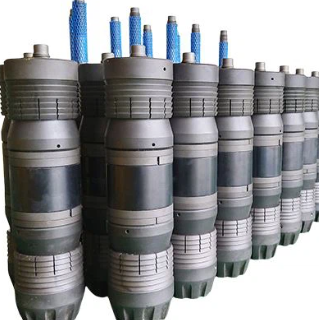Russian
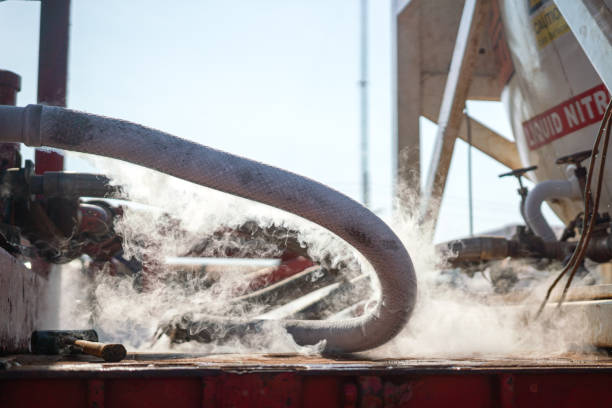
Weave Tpu Frac Hose
The company has extensively participated in international cooperation and established good and stable business relations with many internationally renowned companies. It has a high market influence and appeal in the water pipe, Tpu flat fracturing hose, and Pu hose accessories industries. No matter when and where, we always strive for excellence in our products, so that customers have no regrets. We firmly believe that talents enhance strength, equipment guarantees quality, and technology guarantees quality, so we are committed to the cultivation of talents at all costs. We sincerely hope that all customers will establish a long-term and mutually beneficial cooperative relationship with us. We uphold the corporate spirit of “keep making progress and never be satisfied”, take the market as the guide, win by quality, seek truth, excellence, and strength.
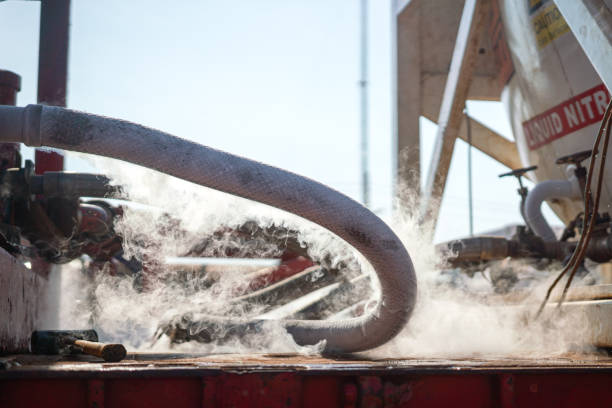
Weave TPU Frac Hose 2025: Technological innovation and future challenges in the energy industry
- Technical definition and core innovation
Weave TPU Frac Hose (woven thermoplastic polyurethane fracturing hose) is a high-performance pipe designed for oil and gas hydraulic fracturing (Fracking). Its core process is “extrusion through-the-weave” (ETW), which is to extrude polyurethane material through the braided layer to form a multi-layer seamless pipe structure. Compared with the traditional 3-Ply process, ETW technology avoids glue bonding, enhances the bonding strength between layers, and greatly improves wear resistance, pressure resistance and chemical stability. In 2025, the working pressure of this type of hose has been expanded to 150–610 PSI, and the temperature range is -50°C to +80°C, making it a key equipment for the transportation of water, chemical additives and gravel in shale gas extraction.
Technology upgrade and market drive in 2025
In 2025, the technical iteration of TPU fracturing hose focuses on two major directions:
- Material optimization: using a high-tenacity polyester fiber braided reinforcement layer with a UV-stabilized TPU outer layer to significantly improve the ability to resist cutting and microbial corrosion. For example, some products extend their service life by more than 30% by increasing the thickness of the outer layer.
- Customization and intelligence: Manufacturers support on-demand customization of diameter (4-16 inches), length (up to 660 meters) and color. Some models have built-in conductive fibers to meet explosion-proof requirements. In addition, digital monitoring systems are integrated into the hose to track pressure, temperature and wear status in real time to reduce operational risks.
At the market level, global demand for frac hoses continues to grow due to shale gas development. Taking China as an example, the monthly production capacity of leading manufacturers reaches 40,000 meters, meeting the diverse needs of the North American, European and Middle Eastern markets. The trend of TPU materials replacing traditional rubber further promotes market expansion, and the market size of related chemicals is expected to exceed US$50 billion in 2025.
- Environmental controversy and sustainable development path
Despite advanced technology, Weave TPU Frac Hose still faces environmental doubts:
- Ecological risks: Chemical leakage in fracturing operations may contaminate groundwater, and the high-intensity use of hoses accelerates the release of microplastics. Studies have shown that TPU materials are not biodegradable enough, and long-term accumulation may put pressure on soil ecology.
- Carbon footprint contradiction: TPU production relies on petrochemical raw materials, and its carbon emissions throughout its life cycle are higher than those of bio-based materials. Although some companies have introduced recyclable designs, the overall recycling rate of the industry is still less than 15%.
To meet the challenges, the innovative solutions for 2025 include:
- Waterless fracturing technology: Develop a delivery system based on liquid CO₂ or nitrogen to reduce the consumption of fresh water resources.
- Green material substitution: Experiment with bio-based polyurethane and nano-reinforced composite materials to balance performance and environmental protection needs.
- Future Outlook: Role Reshaping in Energy Transition
As the emission reduction targets of the Paris Agreement tighten, the fate of TPU fracturing hose is closely related to energy policy. On the one hand, the demand for natural gas as a transitional energy source supports its market survival; on the other hand, the decline in the cost of renewable energy forces technology upgrades. For example, some companies explore transforming hoses into transmission tools for geothermal or carbon storage projects to broaden application scenarios.
However, community resistance and regulatory restrictions remain obstacles. The United Kingdom and other places have restarted the fracking ban due to earthquake risks, while Pennsylvania in the United States has promoted the localization of the industry through tax incentives, highlighting policy differentiation.
Conclusion
In 2025, Weave TPU Frac Hose will be both the cornerstone of energy independence and the touchstone of technological ethics. Its development trajectory will depend on breakthroughs in materials science, improvements in regulatory frameworks, and the restoration of public trust. If the industry fails to effectively address environmental concerns, even if the technology is excellent, it may be forgotten in the global energy transition.


